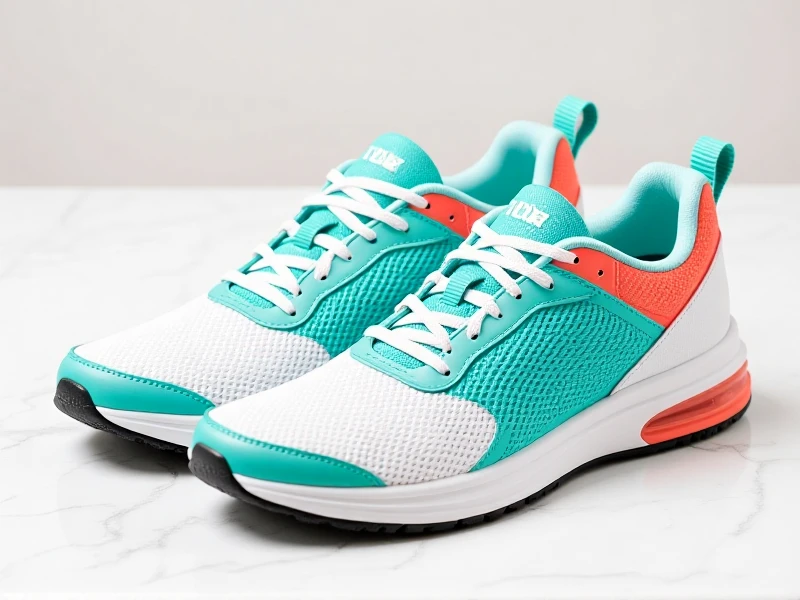
The Ultimate Guide to Finding the Perfect Women's Running Shoes
Finding the right pair of women's running shoes is fundamental for comfort, performance, and injury prevention. Whether you're a seasoned marathoner, a casual jogger, or just starting your running journey, supportive footwear tailored to your needs makes all the difference. With countless options available, knowing what features to prioritize empowers you to run your best.
Understanding Your Needs
The perfect women's running shoes start with understanding your unique requirements. Consider these factors:
- Foot Type and Gait: Are your arches high, low, or neutral? Do you pronate (your foot rolls inward) excessively, supinate (roll outward), or have a neutral stride? A gait analysis at a specialty running store is invaluable for identifying the right stability level. Proper alignment reduces stress on joints.
- Fit is Absolute: Comfort reigns supreme. Your shoes should feel snug but not constrictive. Ensure ample space (about a thumbnail's width) between your longest toe and the end of the shoe. Width options are crucial; a shoe too narrow or too wide leads to blisters and instability. Always try on shoes later in the day when feet are slightly swollen.
- Type of Running: Are you hitting pavement, trails, or the treadmill? Cushioning and outsole tread patterns vary significantly. Road women's running shoes focus on smooth impact absorption, while trail versions prioritize grip, durability, and extra protection.
- Weight: Lightweight women's running shoes enhance speed and efficiency, popular for racing or faster workouts. More cushioned options provide maximum comfort for longer distances.
Key Features of Quality Women's Running Shoes
- Cushioning and Shock Absorption: Midsole technology (like foam, air, or gel) absorbs impact, protecting joints and reducing fatigue. Consider how much cushion feels best for you – plush comfort vs. ground feel and responsiveness.
- Stability and Support: For runners needing gait correction, look for features like medial posts, denser midsole materials, or structured heel counters that provide inherent support without rigidity. Brands offer neutral, stability, and motion control categories.
- Breathable Uppers: Mesh uppers are essential for ventilation, keeping feet cool and dry on runs. Look for seamless designs or strategically placed overlays that minimize friction points and reduce the risk of blisters.
- Responsive Sole: The outsole provides traction and contributes to the shoe's energy return. Durable rubber in high-wear zones maintains grip. A flexible forefoot allows for natural toe-off.
- Secure Heel Counter: A well-cushioned and structured heel counter locks your foot in place, preventing slippage and heel lift, enhancing stability.
Making Your Choice and Caring for Your Shoes
Test women's running shoes thoroughly. Jog in-place, walk around the store, and ideally try them on a treadmill if possible. Trust how they feel instantly; avoid thinking they'll "break in" significantly.
Remember, running shoes have a lifespan! Experts generally recommend replacing your women's running shoes every 300-500 miles. Worn-out cushioning loses its protective abilities, increasing injury risk. Rotating two pairs can extend their individual mileage and allow them to decompress between runs.
Investing in the right women's running shoes tailored for women's biomechanics and preferences is investing in your health and enjoyment. Prioritize comfort, support, and functionality to transform every run into a better experience.